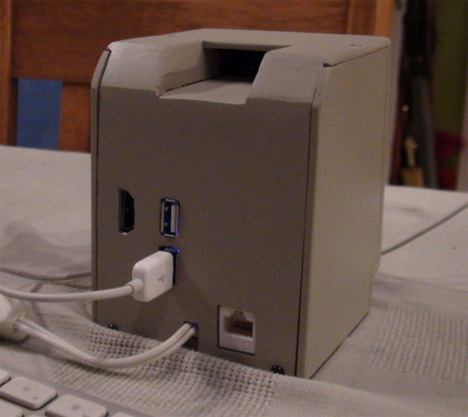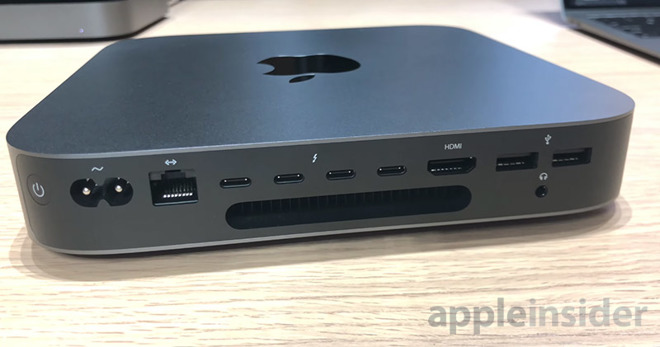
How to get an overview of your Mac’s disk space:ġ. When it reaches or gets near to capacity, your Mac can run more slowly, and it will continue to do so until you clear out some data. Like any computer, your Mac needs some spare storage space to run properly. But with some models, like newer MacBooks and Mac Minis, that’s difficult, if not impossible. Of course, you could also add more RAM to your Mac. These automate memory cleaning, stopping processes you don’t need while leaving the ones you do running. Many cleaning apps include a Mac memory cleaner, which can clear out files that are hogging up your RAM. In such cases, you can use the Activity Monitor to quit those processes too.īut there is an easier way. But often apps will continue to keep things in RAM, even if they’re not actually running. Simply quitting out of some apps can free up some RAM. If the graph is red, your RAM space is nearly or completely full If it’s yellow, you might be running low.

Without RAM, everything you do on your Mac would take a lot longer.īut like your hard drive, your RAM can get full. In contrast, your Mac hard drive is used for long-term storage, but it’s much, much slower. Your Mac’s random access memory (RAM) is where it stores temporary information for quick access. In most cases, though, it’s usually caused by one of the issues we’ve listed here. But other times you have no choice but to try lots of different things, one by one, until you find what’s slowing down your Mac. Sometimes, there are clues that tell where the problem lies. It could be any one of them, a combination of two or more, or it could be something else entirely. How do you even know which one of these factors is slowing down your Mac? There’s no easy answer to that question. How to find out what is slowing down your Mac Your Mac is too old to support modern software.Your browser has too many extensions installed.You have apps storing too many log files and caches.There are too many files on your desktop.


These are some of the most common reasons for a slow running Mac: Just download MacKeeper and let it optimize your Mac for you. It’s always better to prevent Mac slowdown than deal with the consequences. But why is your Mac so slow sometimes? There are countless potential causes, but there are a few that tend to occur more often. Apps take ages to open, browsing is sluggish and you’re frequently left waiting while your computer thinks about what to do next.

For Mac owners, there are few things as frustrating as poor performance.


 0 kommentar(er)
0 kommentar(er)
